An Aspiring Hunter Reflects on Potential Barriers to Recruiting New Sportsmen and Women
Whenever I tell people that I grew up in Montana, the first question I’m always asked is whether I hunt.
Up until this year, I’ve always sheepishly answered “no,” thinking that my reply in the negative would undermine my credibility as a Westerner.
Growing up at the base of the Rocky Mountains, I was surrounded by big antlers on the wall, game meat on the table, and camo attire at weddings and funerals. But I didn’t hunt.
I was intimidated by the sport. I didn’t have anyone in my family who could teach me. I didn’t own a gun. I didn’t have any of the right gear. I didn’t know how to get a license or what I might need one for.
But I knew I needed to learn when I began working at TRCP. If I wanted to talk the talk, I had to walk the walk. And with an office full of potential mentors, there was no excuse not to give it a shot.
Diving In
After asking a few of my co-workers how to get started, I discovered I could take a online hunter education course, which would then allow me to purchase a hunting license in any state.
Given my current residence in Washington D.C., I signed up for the Maryland web course, which took about four hours to complete. After passing the online portion, I had to spend an afternoon at a face-to-face class where an instructor would teach us how to handle a firearm, identify ethical shots, and navigate the complexities of landowner permission.
It sounds relatively easy, but there were several barriers that needlessly frustrated the process. And, because I know the statistics surrounding hunting’s declining rates of participation, they troubled me.
For instance, because there were no opportunities to take the class near my apartment in the city, I had to rent a car and drive three hours to complete my certification. Meanwhile, the location of the course had been moved and I had no way of knowing until I showed up to the wrong building, just 10 minutes before the class was supposed to begin. The change in venue might not have been a big deal to someone familiar with the local community or who hadn’t needed to carefully plan their travel that day, but for me it presented another hurdle that could have been easily avoided.
When I arrived late, I was one of two female students in a class of 20 led by all male instructors. One man, clearly amused by the D.C. license plate on my car, asked “Why would a city girl come all the way up here to learn how to hunt?” Another man quipped, “Don’t hold that gun like you’re scared of it.” While not intended to be mean-spirited, these words and others throughout the day clearly implied that I was out of place.
These challenges did not stop me from passing the course, but I can imagine for some they might. How would a prospective new hunter without easy access to transportation get there? Can we make it easier to reach new hunters where they might be found? How would someone with less self-confidence respond when they walk into that room or when they encounter skeptical gazes and teasing? Can we find ways to understand how underrepresented groups might feel as they learn about hunting?
We have to ask ourselves these questions as we watch the number of hunters decline year after year.
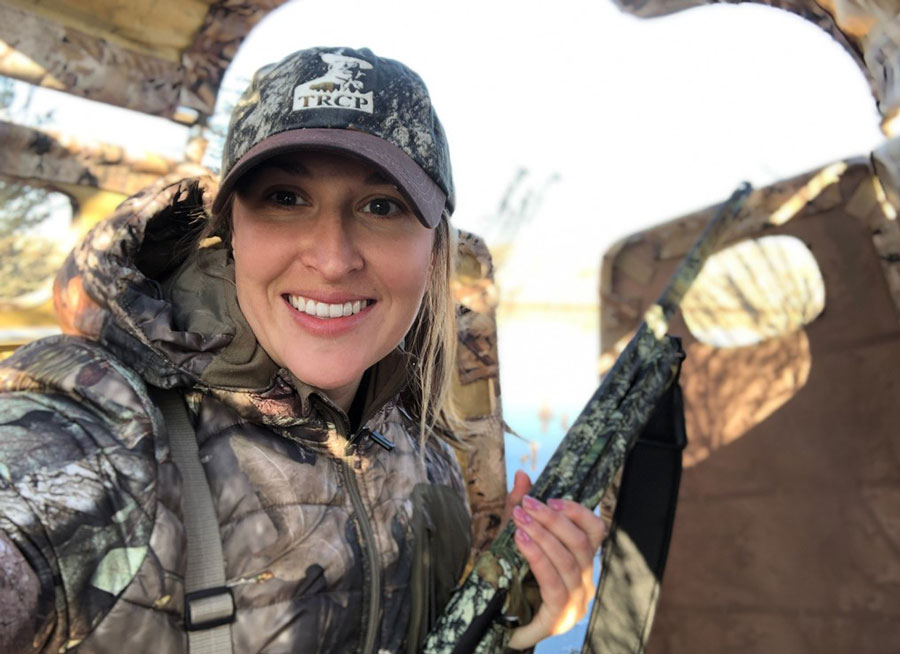
The Road Ahead
Thankfully, at the end of 2019 Congress took a major step forward in addressing some of these problems. They passed the bipartisan Modernizing the Pittman-Robertson Fund for Tomorrow’s Needs Act allowing excise taxes on firearms and ammunition to be used to improve the recruitment, retention, and reactivation of hunters.
As this law gets implemented, states should take a hard look at the hurdles that people have to jump over and work to address them so more people feel comfortable learning about the sport and joining our community. Reversing the trend of declining participation will require us to think seriously about what we can do better to make hunting more accessible to all, no matter where they live or what they look like.
This blog is part one is a series. Tune in next week to hear more about Marnee’s bird hunting adventure.

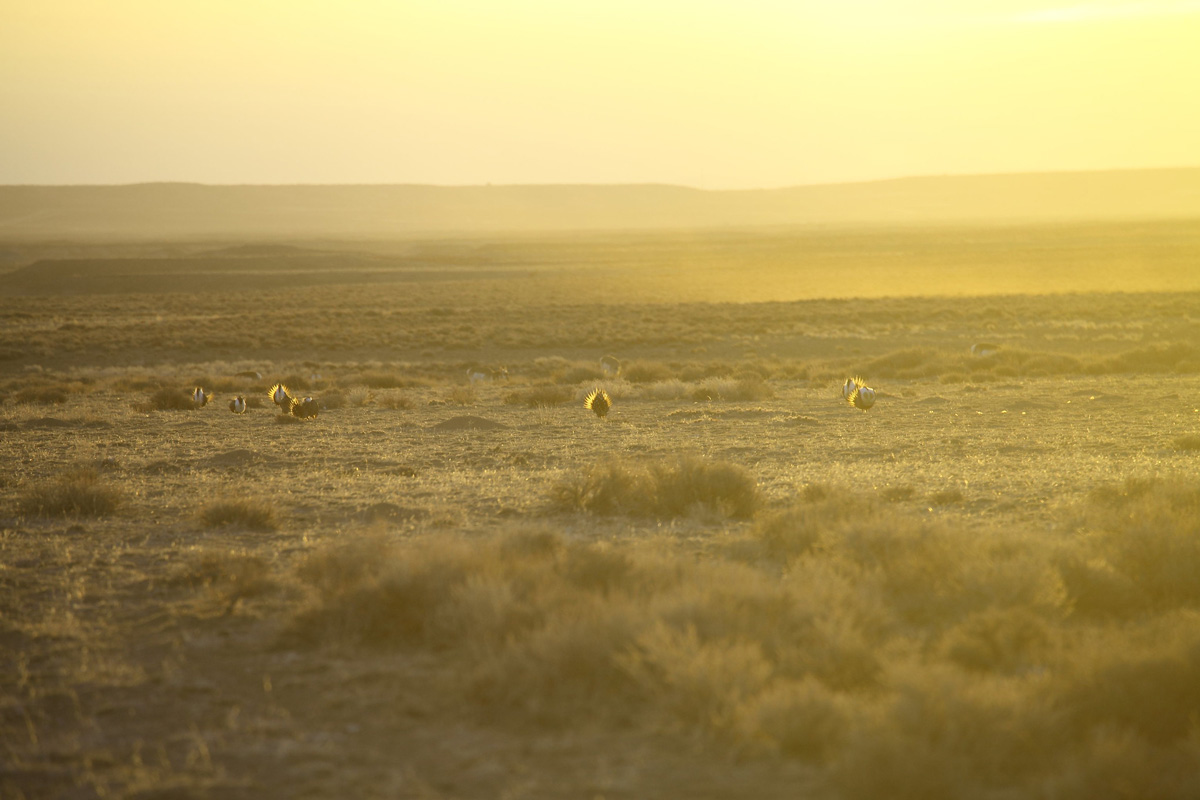
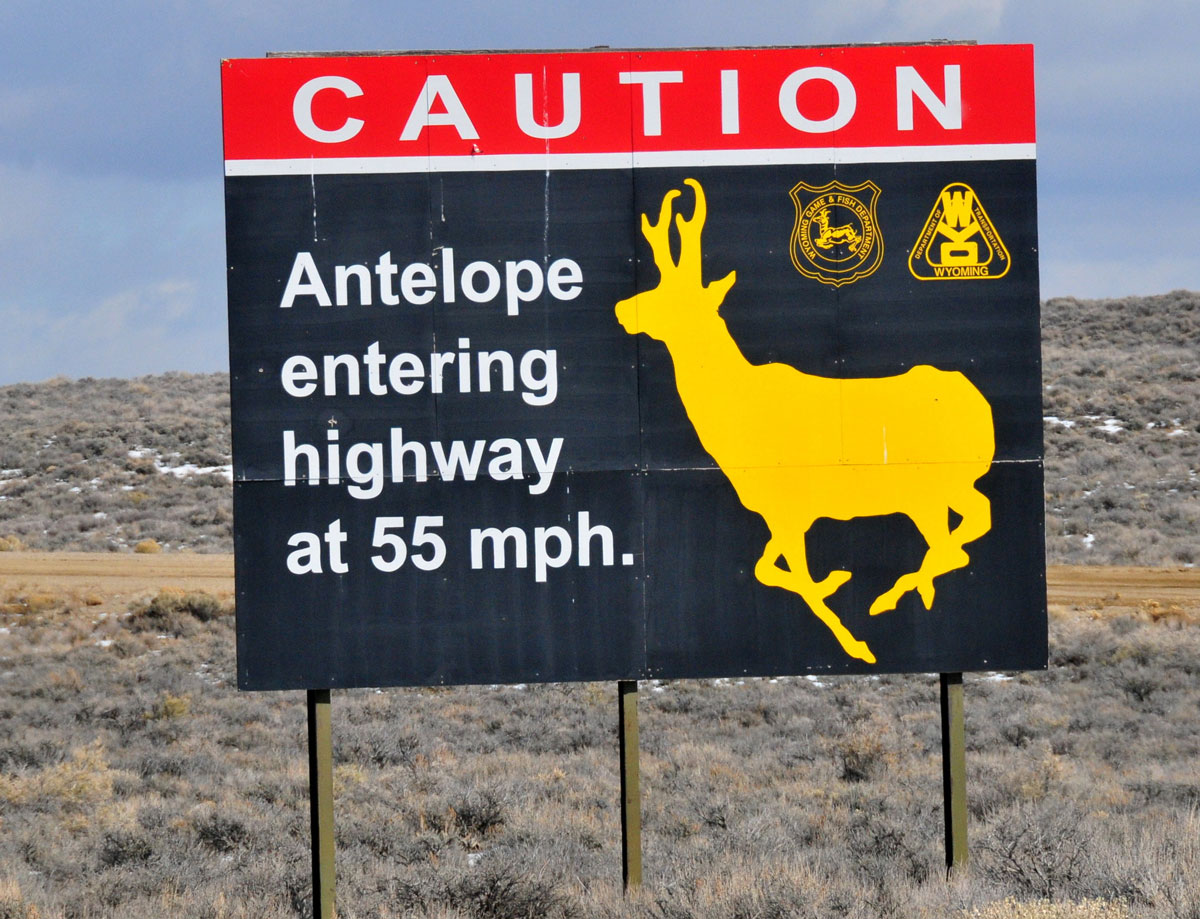
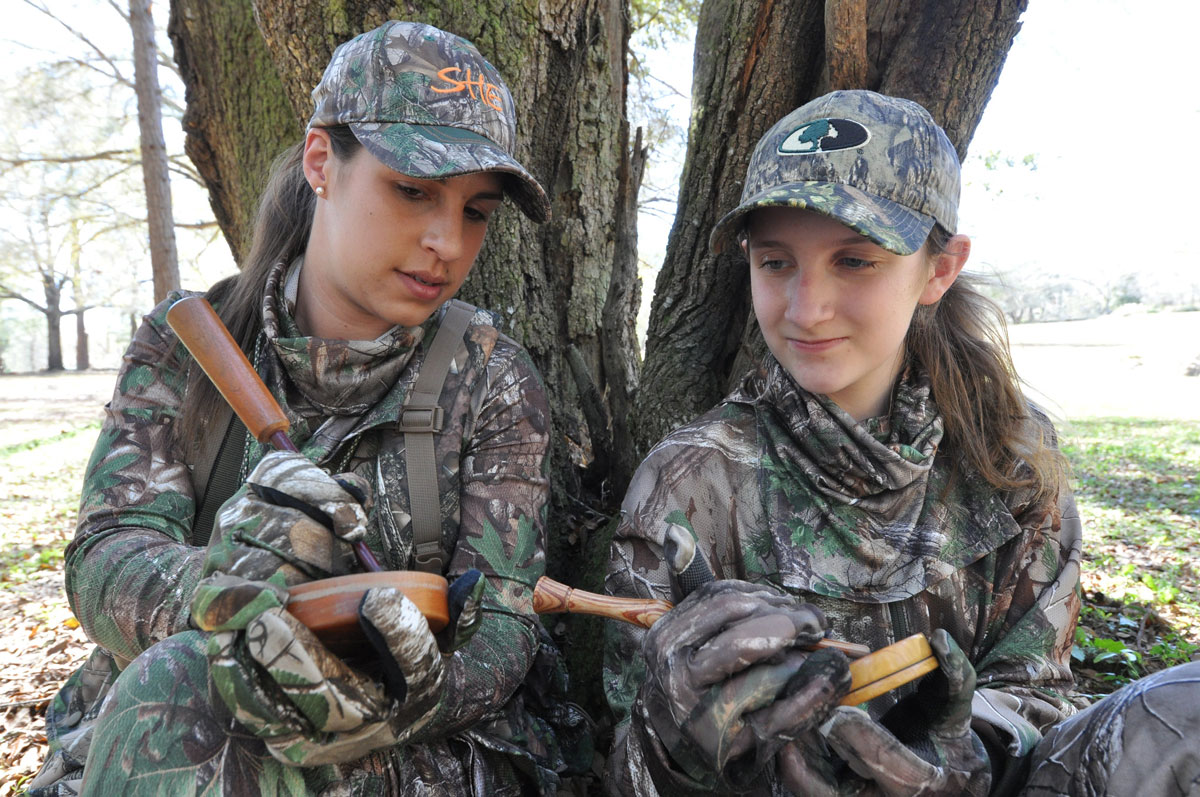
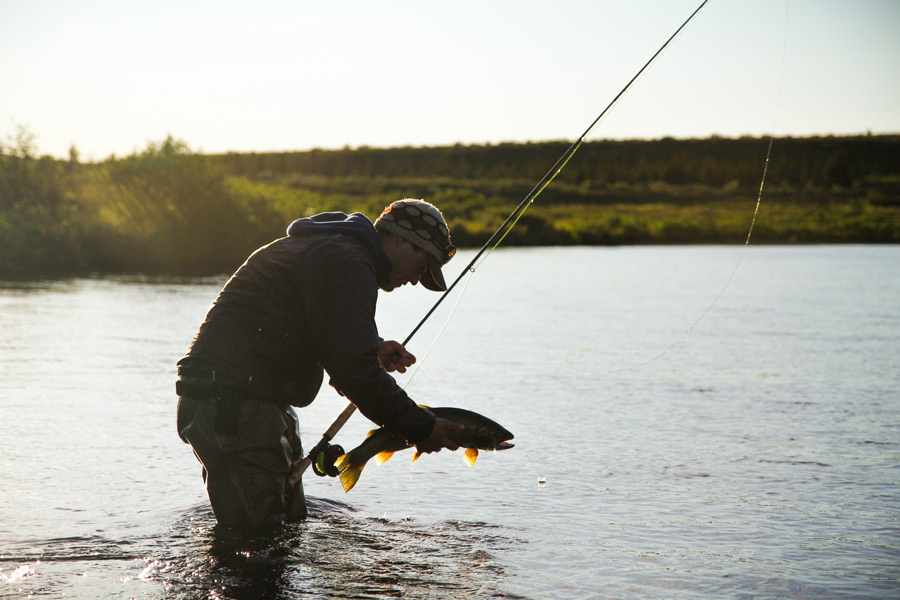
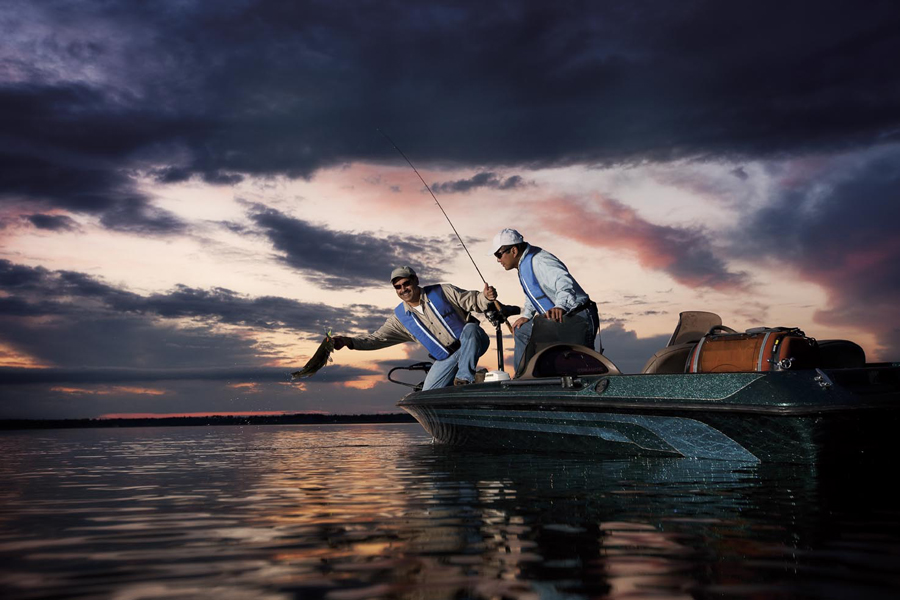

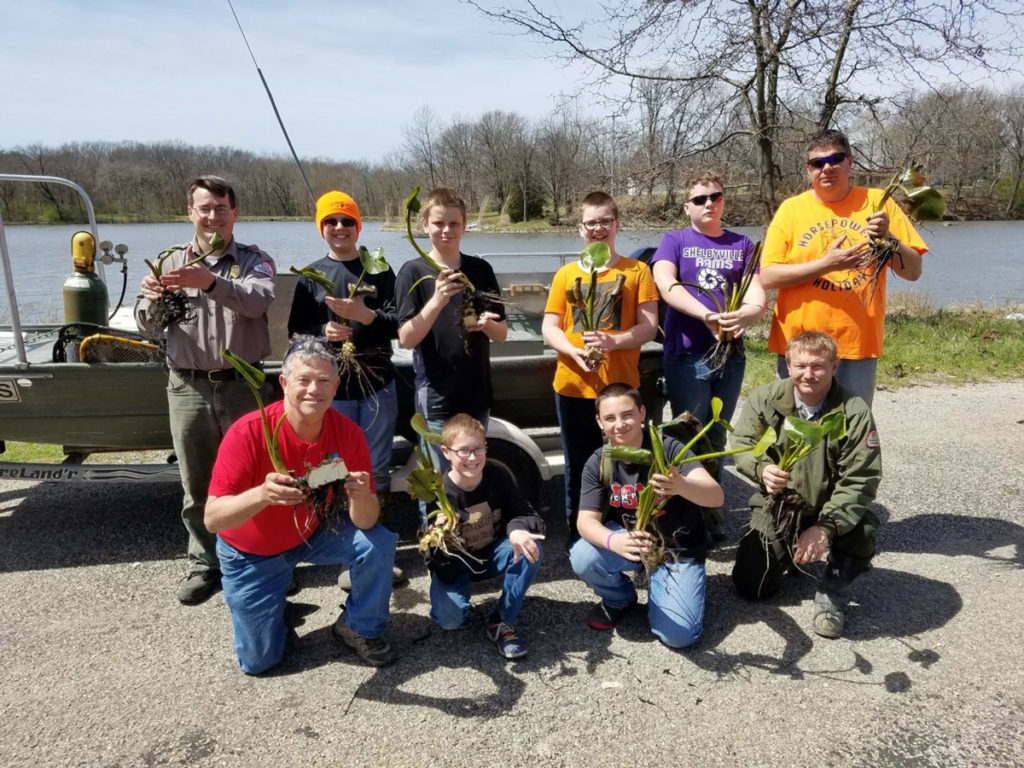
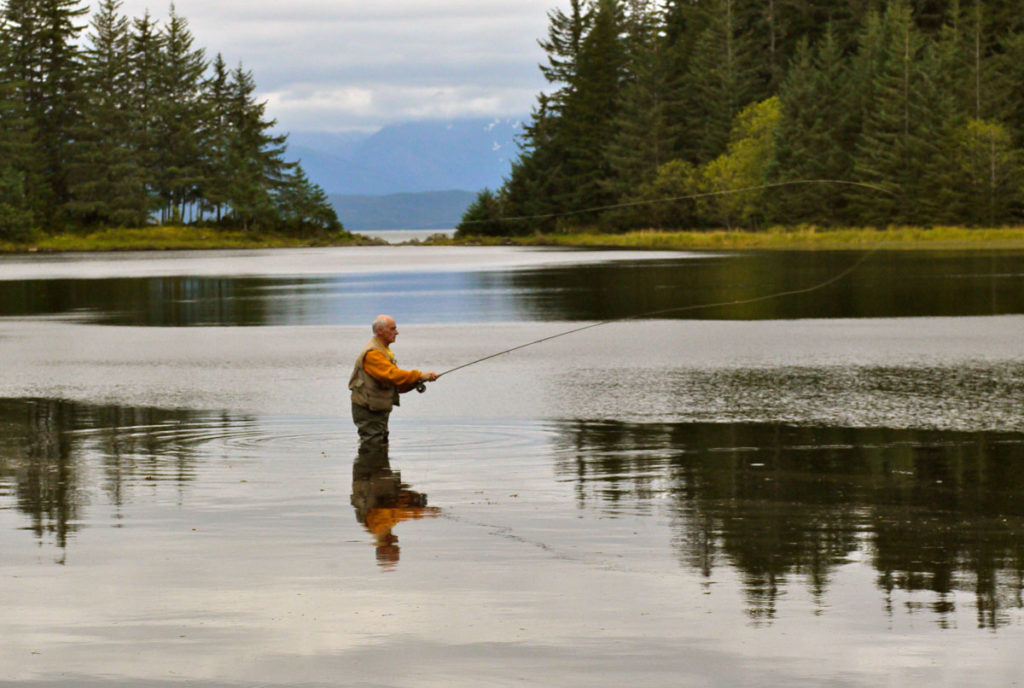
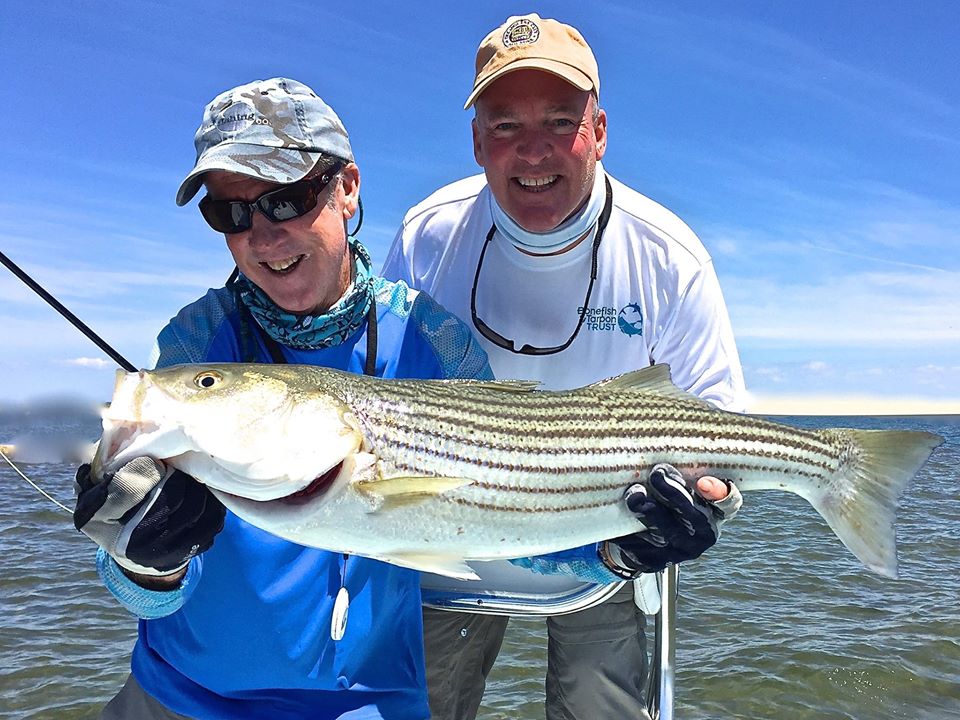




Great first start. Looking forward to more of your first impressions.
I hope this article is sent to the MD Natural Police and to highest officials in MD “Fish & Game”.
Behavior of “trainers” described here is unacceptable in whatever setting a government (or private) organization is presenting a program to inform/assist/prepare the public. Not clarifying location is another unacceptable failure.
This is an example of why people become “fed up with government”.
Congratulations to Marnee Banks for sticking it out and for publishing her story.
Jerry Burke, it is comments like yours that are helping to drive away Volunteer Hunter Education instructors. Read something on the internet and with apparently with no other information required (like “the other side of the story”) you immediately want the “highest officials” to do something about it. Three minutes on Google would have shown you that MD’s Hunter Education Instructors are VOLUNTEERS. There are also several MD Field Day courses offered within an hour’s drive of Washington, DC. And I can’t imagine there is someone reading this who hasn’t missed an email. So let’s ask these questions: Why wasn’t Ms Banks able to find a class within three hours of her home? Did she wait till the last minute to try to schedule one and all the closer ones were full? Is that the program’s fault or hers? If you were an instructor three hours away from DC, and were fully aware that there are other classes offered closer, wouldn’t you be surprised to see someone make that drive and maybe ask them why they chose to do so? Do you think Ms Banks was scared of the gun? By being so, is it possible she was holding it in a manner that wasn’t giving her complete control over it?
I fully agree that it is highly likely someone dropped the ball in not ensuring that ALL the students received notification of the change in location. Do I think that one person out of 20 not receiving an email or phone call, when she obviously made it to the class is reason to involve the “highest officials”…hardly. Why don’t we start with talking to the person in front of us and making sure they were aware of the miscommunication issue so they can fix the problem before it happens again? I’m sure they’d appreciate hearing of it.
Ms Banks, congratulations on being able to learn what you needed from the instructors in order to successfully demonstrate your abilities to pass your class. You didn’t mention in your article if at the end of the class you thanked those volunteer instructors for giving up their time to help you overcome one of the biggest hurdles of getting new people into hunting…taking and passing a Hunter Education class. You noted that you were one of only two females in the class of 20…which pretty much reflects the fact that there are only around 10% female hunters in America. I hope that as you progress as a hunter you will be talking to more of your female friends and trying to introduce them into the sport so we can grow that number. When you explained why you were late, did any one of the instructors apologize for the miscommunication? Did you speak to the lead instructor after the class to let them know of your concerns with the miscommunication and the two comments/general attitude you felt in the class? As we are all human and mistakes were made, I’m curious how they treated you upon expressing your concerns. None of my comments above are intended to down-play your feelings and interpretations of the events as you were there and that is obviously how you felt. However, I can also understand how what may have been intended as a friendly comment can be misinterpreted as flippant or belittling. I would be more concerned if they were rude or dismissive when you brought your concerns to their attention.
I look forward to seeing the revisions from the P/R law allowing improvements in the States’ being able to provide Hunter Instructors with more training and resources.
I also look forward to following along on your series of articles detailing your experiences in your first year as a hunter. And I hope that after you (and everyone reading this) have some more experience you look into becoming a Hunter Education Instructor; as if you really want to see a decline in new hunters imagine what happens when all those old white guys retire out and there are no more instructors to help get new hunters through their mandated certification courses!
To help ensure the future of hunting by becoming a member of Maryland Hunter Education Instructors contact Maryland’s Hunter Education Program at 410-643-8502